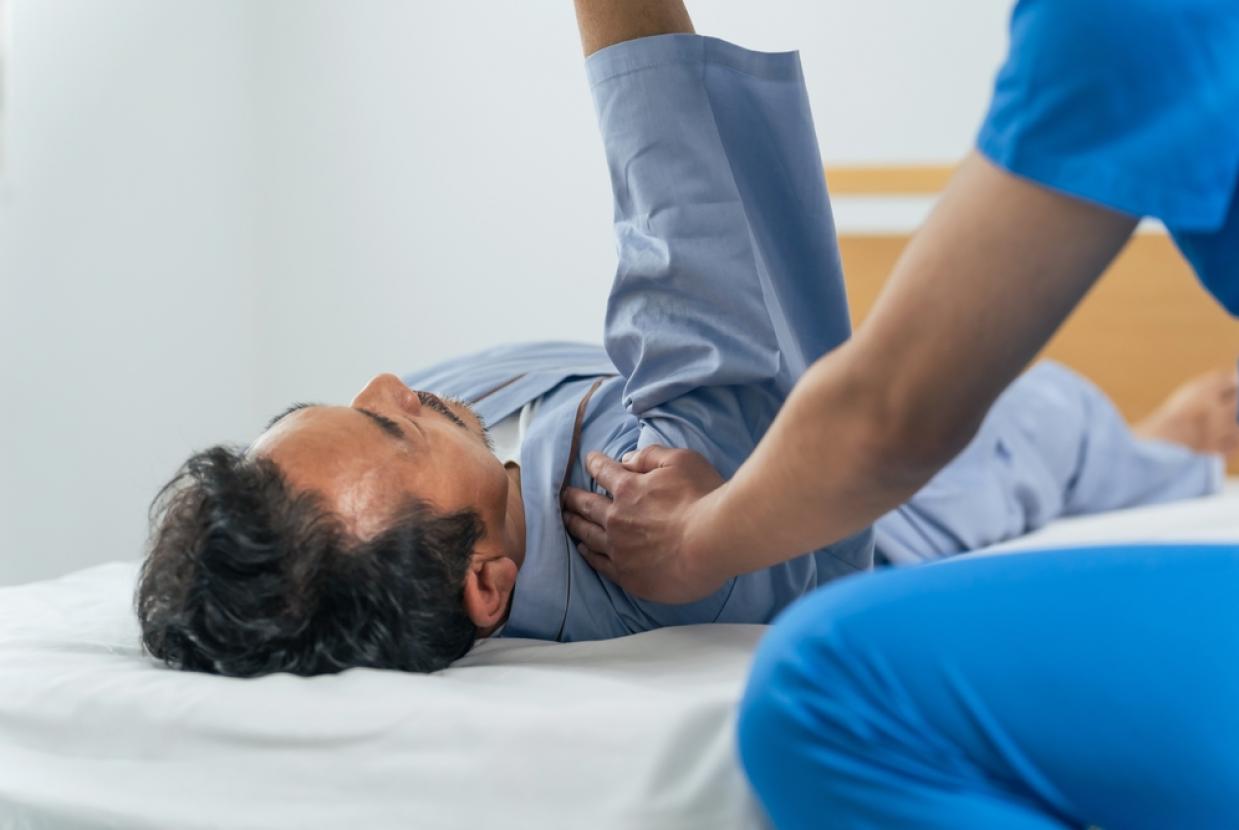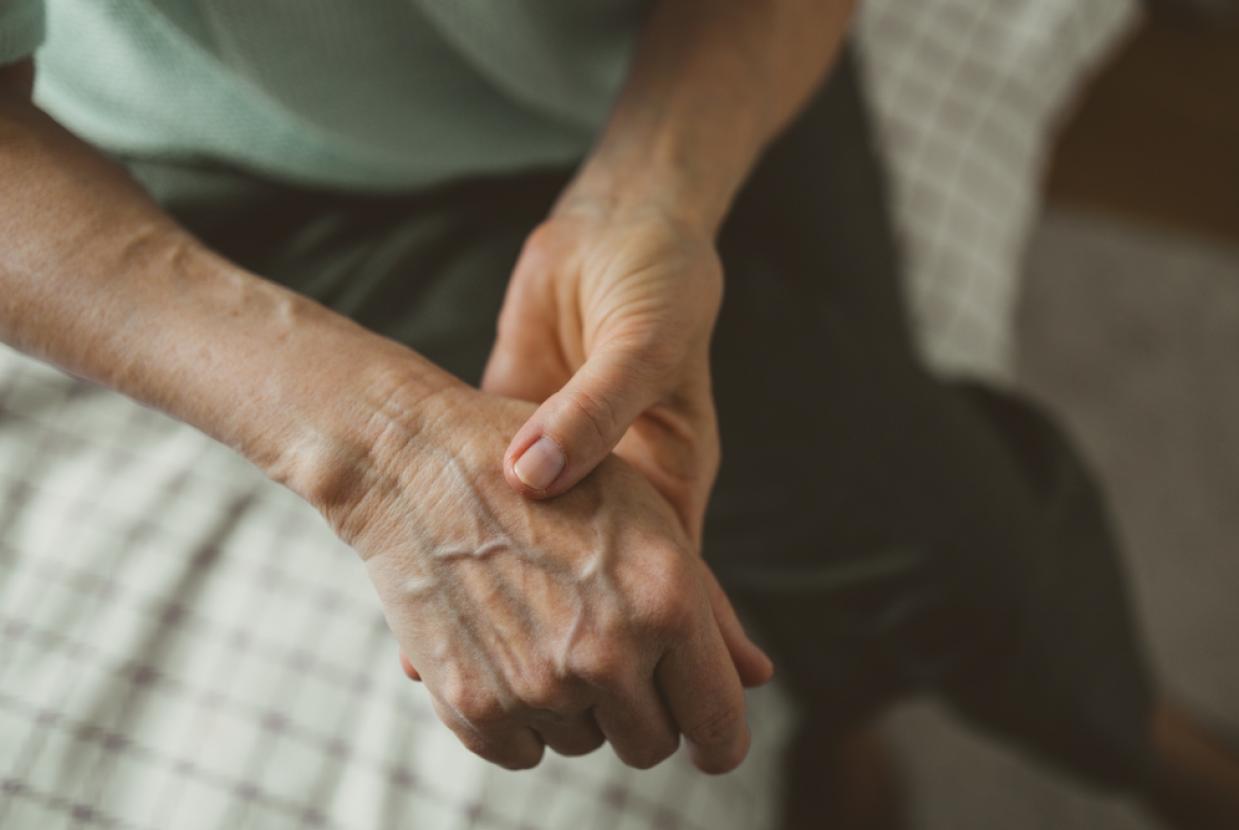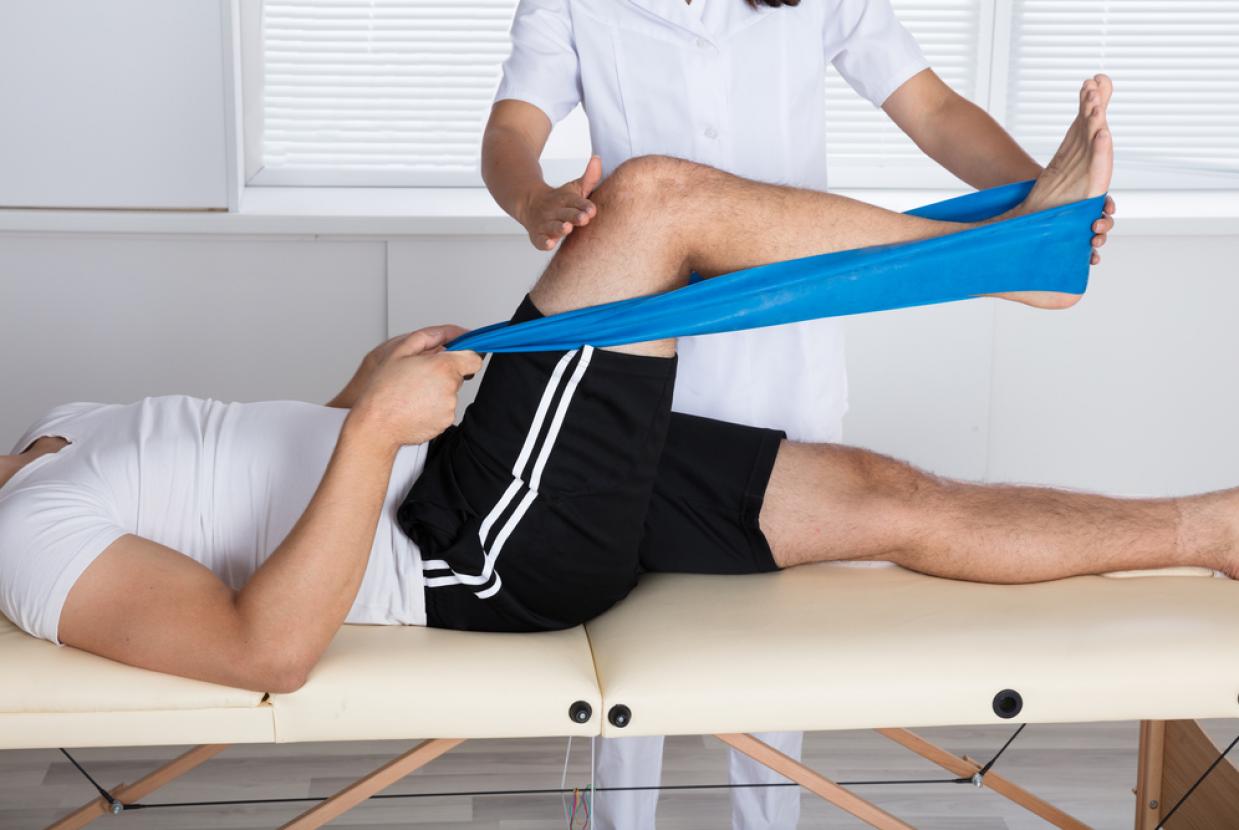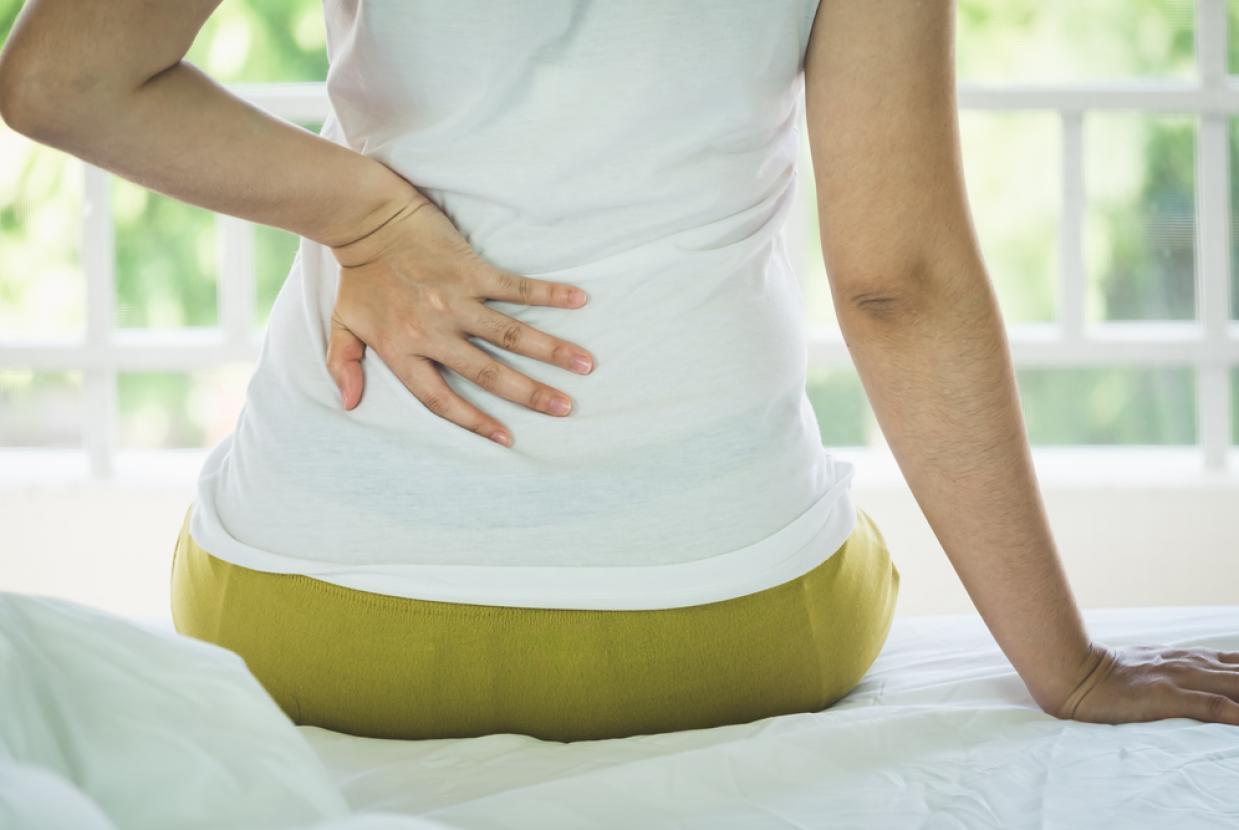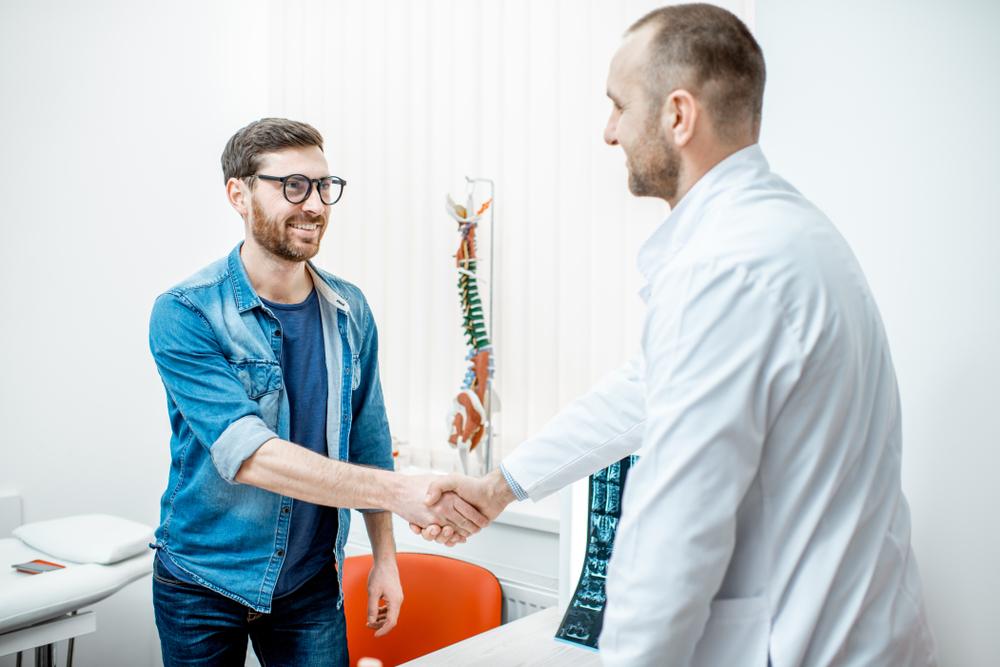5 Common Myths About Exercising With Arthritis
Arthritis/Back Pain/Joint Pain / Get FitKeeping moving is vital if you have arthritis. It’ll strengthen your joints, help you better manage pain, plus it’ll boost your mood. Despite this, we know that people who have a long-term musculoskeletal condition, such as arthritis, are two times less likely to say they’re physically active than those who don’t.
We know just how hard it can be to keep moving when you have arthritis. Your joints might feel stiff and painful, or maybe you’re just feeling extremely tired. On top of this, there are lot of myths and misconceptions about exercising with arthritis that can make it difficult to take that first step.
Being inactive can actually damage your joints. So, if you’re struggling, remember that any movement, however small, can make a positive difference.
To help you, we’ll also debunk a few common myths about exercising with arthritis, so you can put your best foot forward and feel confident on your fitness journey.
Myth: Exercise will further damage my joint
Many people think exercising will damage their joints, but that couldn’t be farther from the truth. The reality is exercise actually helps to strengthen your joints.
That’s because the more you exercise, the stronger your muscles, tendons and bones will get, which support your joints. A lack of movement can lead to stiffness and more pain. So, try to think of exercise as a lubricant that keeps joints healthy.
Mel, 43, has osteoarthritis in her knees and hands. She says that going to the gym helps her manage her pain.
"It’s tough, and it may take time, but it’s about making that first step," she says. "I wasn’t really exercising much before, but I couldn’t imagine not exercising now.
"Once I got started, I became curious about how much I could do. I find that if I don’t do anything, it starts to hurt more, because everything starts to stiffen."
Myth: Pain from exercise is bad for my joint
It’s not uncommon to feel slightly sore or achy after exercise. In fact, this is very normal. But your pain should never go above level 4 on the pain scale.
Everyone feels pain different. A pain scale is a way for you to measure and describe your pain level on a scale from 0 to 10. Here, 0 stands for no pain and 10 means that you're experiencing extreme pain.
If pain is holding you back from starting with exercise, you could try taking pain medication, such as paracetamol, beforehand. Or, if you feel you’ve overdone it, you could try applying warmth to the painful joint. If it’s swollen, you might find an ice pack helpful.
If the pain continues for more than a day after exercise, don’t panic. It might just mean you may have done too much. This doesn’t mean you’ve caused more damage to your joint. You might just need to make some changes to your exercise routine. If you’re stuck, speak to your healthcare professional if you have any questions.
Myth: Exercise doesn’t help for osteoarthritis
Exercise can be helpful if you have osteoarthritis as it will help you maintain a healthy weight, which puts less strain on your joints. Don’t be put off if you do not notice changes straight away.
It may take 10-12 weeks of consistent exercise before you start to notice benefits to your symptoms. So, stick with it!
Myth: You must exercise at the gym
Exercising at a gym is great if that’s something you enjoy. It’s a terrific way to meet new people and try new exercises and classes. But it’s not necessary.
You don’t need lots of fancy gear or equipment to stay active. There are lots of physical activities you can do at home or outdoors.
You could go for a walk, do a bit gardening, or if you’d rather exercise from the comfort of your own home, you could try our free exercise programme, Let’s Move with Leon. It’s packed with 30-minute classes specifically designed for people with arthritis.
Myth: Exercise is useless unless you do 30 minutes every day
There are recommendations about how much exercise we should try to aim for. But remember that something is always better than nothing.
Starting small will help you form habits and build up to doing more exercise. When you are just beginning, do what feels manageable and be proud of your achievements.
It can be helpful to set goals when you start a physical activity, as it’s a wonderful way to track your progress and see how far you’ve come.

















